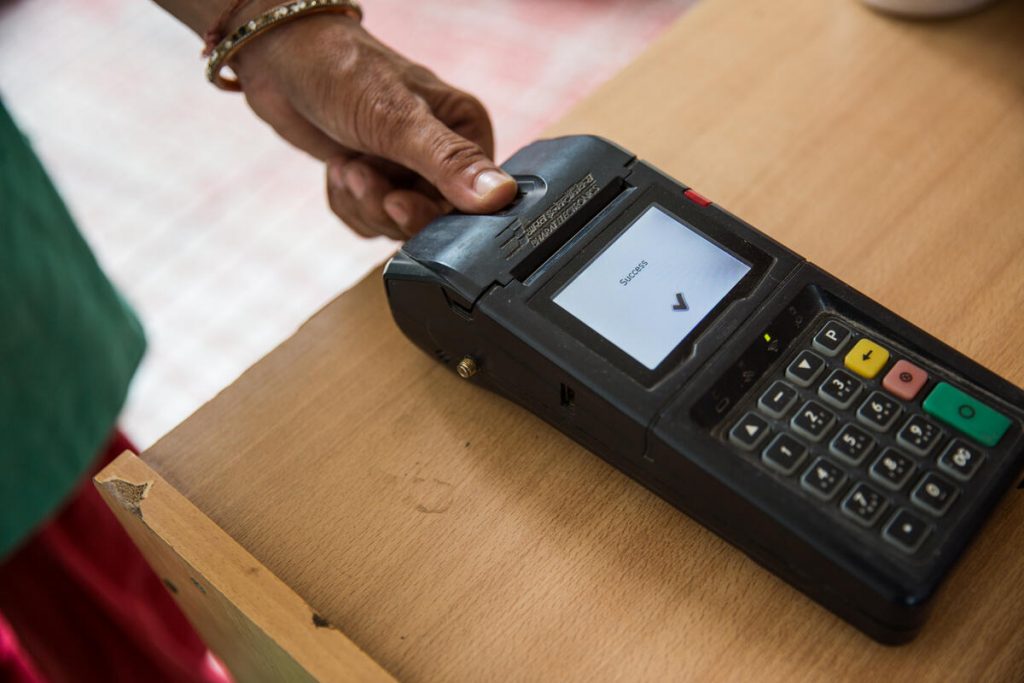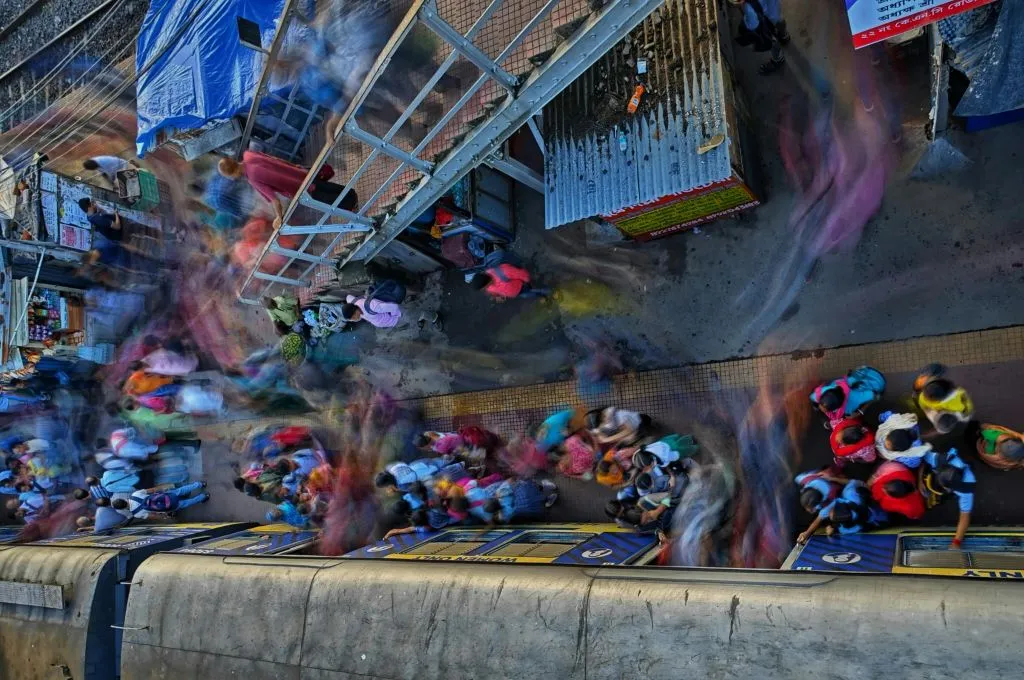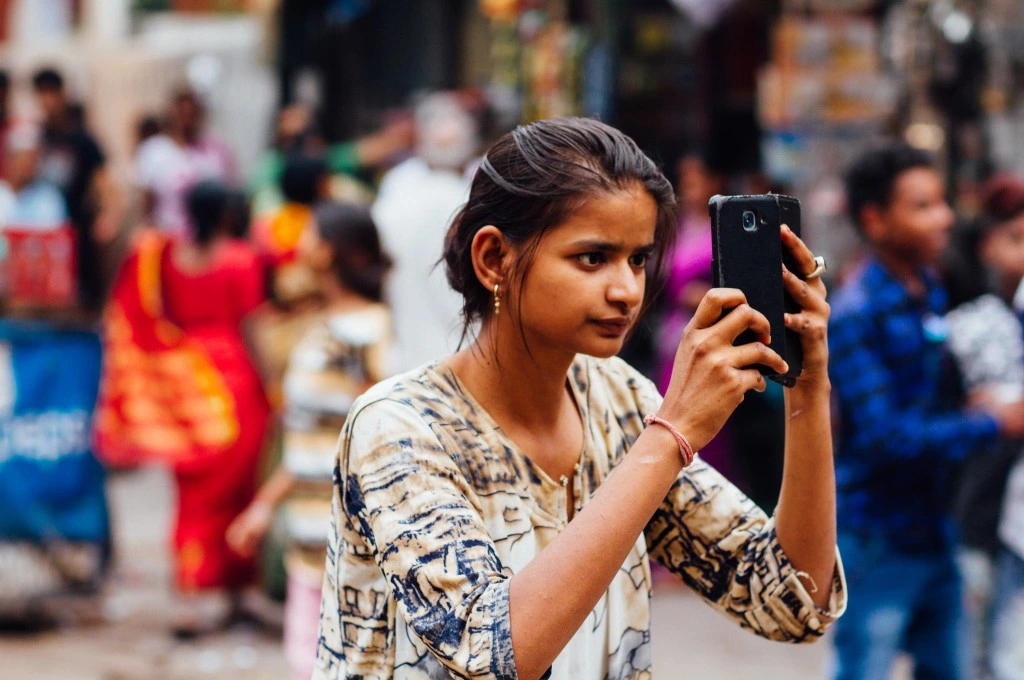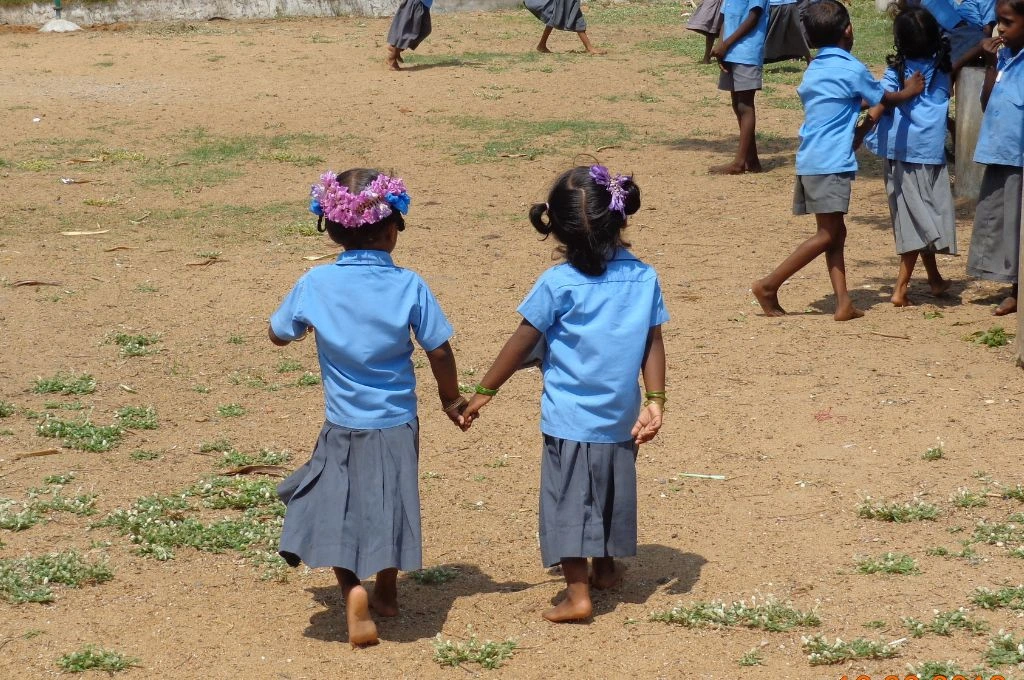With the increasing digitisation of our lives, we are witnessing a paradigm shift in the way digital solutions are being deployed to deliver social welfare programmes and create societal impact. Open Digital Ecosystems (ODEs), or population scale platforms, are key examples of digitisation that have great potential to revolutionise welfare service delivery. ODEs are defined as “open and secure digital platforms that enable a community of actors to unlock transformative solutions for society, based on a robust governance framework.” An example of such an ecosystem is IndiaStack, built on the Aadhaar base layer and offering multiple services to citizens of India.
Such ODEs are steadily being built and mainstreamed by the government in multiple sectors such as health, education, and agriculture. The goal is to streamline welfare delivery by helping establish identities, digitising record-keeping, tracking progress, and aiding grievance redressal. If designed and implemented well, ODEs can help fix delivery gaps, payment leakages, coordination failures, and other inefficiencies that plague our current systems of welfare delivery.
Social registries are crucial to ensuring welfare delivery through the ODE tech architecture. A social registry is essentially a database of welfare beneficiaries that has the potential to connect disparate pieces of information that the government might have about an individual/family (such as income, property, education, marital status, employment, disability, etc.). Once set up, it can function as an information system to support outreach, application, registration, and determination of potential eligibility for social welfare programmes. But, in the absence of privacy preserving safeguards and other suitable measures, a social registry can also be a risk to civil liberties and may magnify the problems of exclusion.

In this article, we focus on how best to design social registries that can leverage technology to secure the developmental gains promised by the ODE architecture.
Countries across the world have made building social registries a policy priority. Brazil’s Cadastro Único, the Philippines’ Listahanan, Senegal’s National Unique Registry (RNU, Registre National Unique), and Malawi’s Unified Beneficiary Registry (UBR) are examples of some prominent social registries that have a wide population coverage and provide a number of welfare schemes through them. India too has been swift to embrace this development. The 2011 Socio-Economic and Caste Census (SECC) helped in facilitating targeted interventions under various schemes. In August 2021, the Ministry of Labour and Employment also launched the e-Shram portal—a database for unorganised sector workers. This national effort towards creating a social registry is now also being bolstered at the state level, owing to the sheer diversity of vulnerabilities and priorities across the country. The Samagra Portal in Madhya Pradesh, the Parivar Pehchan Patra Yojna in Haryana, and the upcoming State Family Database in Tamil Nadu are all efforts towards the correct targeting of individual beneficiaries and households while extending government welfare benefits.
Despite the progress being made, it is imperative that we remain cautious in our optimism regarding the use of social registries as a basis for eligibility under welfare delivery schemes. Given India’s digital divide and the lack of awareness regarding technological solutions, committing exclusionary errors in social registries will mean exacerbating existing structural inequalities. Moreover, without strong safeguards, these systems may be employed for surveillance, thus posing a risk to civil liberties.

What lessons can we learn from other experiences?
The Centre for Internet and Society’s report Rethinking Data Exchange and Delivery Models: Principles for Privacy Preserving Data Sharing in Digital Governance examines diverse architectural, regulatory, and data collection frameworks of social registries in countries around the world.
Building on the report, we outline some principles and best practices that can help reduce potential dangers, while accentuating benefits of using social registries:

1. Decentralisation
Accumulation of data in a singular database is more likely to result in operational failures and security threats due to the existence of a single point of failure. For instance, if all the data for a social registry is contained within a single database, a potential data breach will bring down the whole system of welfare delivery, having a magnified impact on socio-economic outcomes. In comparison, a decentralised model where responsibilities and vulnerabilities are shared across the system is likely to be a more secure framework.
For a national registry in India adopting a decentralised model and investing in building capacity of state and local governments is prudent.
The arrangements for managing and running social registries vary around the world. For example, in the Philippines, the database Listahanan is managed and operated by a central agency. However, in Brazil, control of the Cadastro Único registry and overall database management is entrusted to the central government, and collection of household registry data and other management tasks are assigned to municipalities, with the state government providing additional support.
For a national registry in India—given the number of beneficiaries, unique development contexts across regions, and multiple welfare schemes—adopting a decentralised model and investing in building capacity of state and local governments is prudent. In such a system, the state and local government can be responsible for linking welfare schemes with the social registry at the local level, while oversight can be the responsibility of the central government.
2. Openness
Given the high-cost structure and dependence on developer support that proprietary software entails, open-source software and open licenses are more desirable in the digital governance context. The flexibility of open source allows for peer review and participation, which in turn increases innovation and ensures security and transparency in government. It also allows more options to customise solutions as well as scale these solutions for wider use.
Malawi’s UBR information system was entirely built using open-source software components, which facilitated independent audits and improved transparency and accountability in the system.
While the use of open-source software is widespread in India, there are parts of the critical public digital infrastructure such as IndiaStack which, although built on open-source software, have not been made publicly available under an open-source license.
In India we can create a national free and open-source software (FOSS) alliance, where a network of committed and relevant stakeholders can work together to facilitate FOSS projects that are aimed at solving India’s biggest societal challenges. This can include using FOSS to develop robust social registries.
3. Independence
Instituting independent bodies for oversight and implementation can help not only in detecting and deterring delivery gaps and leakage, but also as an important source of subject matter expertise. In Kenya, a special Social Protection Secretariat was established to provide technical and subject matter expertise to perform the core functions required to maintain a digitised social registry. These core functions included supporting collection, collation, and dissemination of social protection data, and establishing strategic coordination mechanisms across and between actors.
In India, a National Health Authority (NHA) has been constituted under the Ministry of Health and Family Welfare as an autonomous body of experts responsible for overseeing the implementation of the National Digital Health Mission (including matters related to the National Health Stack). Creation of other such sector-specific bodies which can provide independent expertise and evaluation of the programme must also be considered.
4. Data collection
Data collection is perhaps the single most important step in the process of creating a social registry. Apart from ensuring population coverage to avoid exclusionary errors, data collection protocols must be established to inform citizens of its purpose, function, and their rights in this process.
In Senegal, during the data collection phase for the RNU, special efforts were made to inform households about the purpose of the social registry, potential users, right not to respond, and more.
It is important to design mechanisms that build awareness around consent and privacy among the masses.
Given that only 38 percent of households in India are digitally literate, efforts to build awareness and sensitivity regarding social registries is needed. It is important to design mechanisms that build awareness around consent and privacy among the masses. Businesses, regulatory bodies, governments, and industry must take it upon themselves to raise this awareness by running campaigns aimed at disseminating information and building trust.
Incorporating the principles listed above into the design of social registries will ensure that we realise the promise of development gains from technology, while enabling transformative innovations for welfare delivery at scale.
—
Know more
- Learn about how the Philippines’ Listahanan was used to identify vulnerable populations for emergency cash assistance in response to COVID-19.
- Read about the challenges surrounding social registries and why it may not work.





